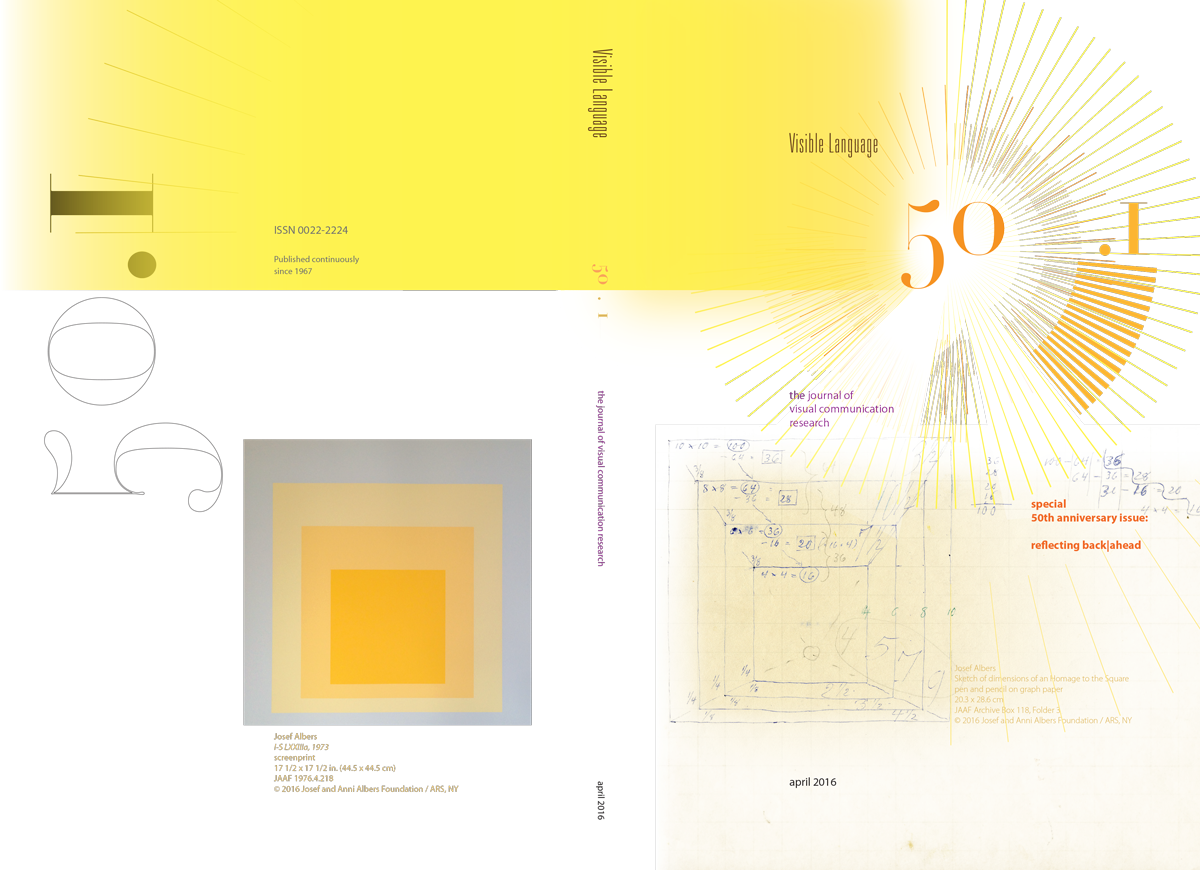"Normal science" and the changing practices of design and design education
DOI:
https://doi.org/10.34314/khpjwt68Abstract
Social anthropologist Jean Lave and learning theorist Etienne Wenger a described a concept called “communities of practice.” They suggested that learning is not just something we do individually when in school, but socially throughout our lives with people who share a concern or passion for something. These are not mere communities of interest that devote attention to the same subject matter but people who build meaningful relationships through which they learn about their practice from each other. They share experiences, ways of thinking about the work they do, and a network of connections that distinguish them from others. Because they are organized around a domain, they frequently communicate through a common vocabulary and participate in frameworks that have a particular structure (Lave and Wenger, 1991).
This perspective on learning is especially relevant to rapidly changing fields. Communities of practice are typically more agile in responding to new conditions than are formal institutions or established fields of study. Their immersion in concrete situations discourages the abstraction of knowledge often found in academia and the recognized literature of a discipline (Lave and Wenger, 1991). Ideas are judged on the basis of actual performance and are not subject to the constraints of disciplinary or organizational boundaries. Knowledge is co-created and shared through authentic practice.
Science historian and philosopher Thomas Kuhn provided further insight into how knowledge develops through practice. In The Structure of Scientific Revolutions, Kuhn described “normal science” as one in which a single paradigm dominates. He warned that paradigms “gain their status because they are more successful than others in solving a few problems that a group of practitioners has come to recognize as being acute” (Kuhn, 1970, p. 23). Practice often extends this knowledge and “matches the paradigm’s predictions by further articulation of the paradigm” (Kuhn, 1970, p. 23). In other words, rather than searching for a new paradigm, the practice simply expands the conceptual territory of the existing paradigm to account for novel problems and outcomes. Kuhn said the aim of normal science is not to call forth new phenomena or theories, especially those that do not fit the paradigm. Instead, normal science relaxes the standards for evaluating work in instances under which the paradigm ceases to be effective. And eventually, the paradigm becomes a criterion for choosing problems that are perceived as having a solution and as appropriate to the practice (Kuhn, 1970, p. 37).
Kuhn argued, however, that science does not progress through the incremental accumulation of knowledge in normal science, but through paradigm shifts (Kuhn, 1970). The failure of something to conform to the dominant paradigm is seen by some as an anomaly, an aberration. As these anomalies build up, they constitute a new paradigm that takes over the old. And the more frequently this happens, the more practitioners recognize potential in inconsistent results. The old paradigm, no matter how elaborated, no longer fits the circumstances.
In this article, I suggest that the current design profession is one composed of very different communities of practice, some challenging the “normal science” of design and operating under new paradigms. By studying these communities of practice, possible futures for the design professions become evident. In the second half of the article, I also raise concerns about the degree to which design education is based almost entirely on the “normal science” of design practice. In this sense, design education is slow to follow paradigm shifts in the field and may have stretched the existing paradigm and knowledge to its limits in addressing the current context for design practice.

